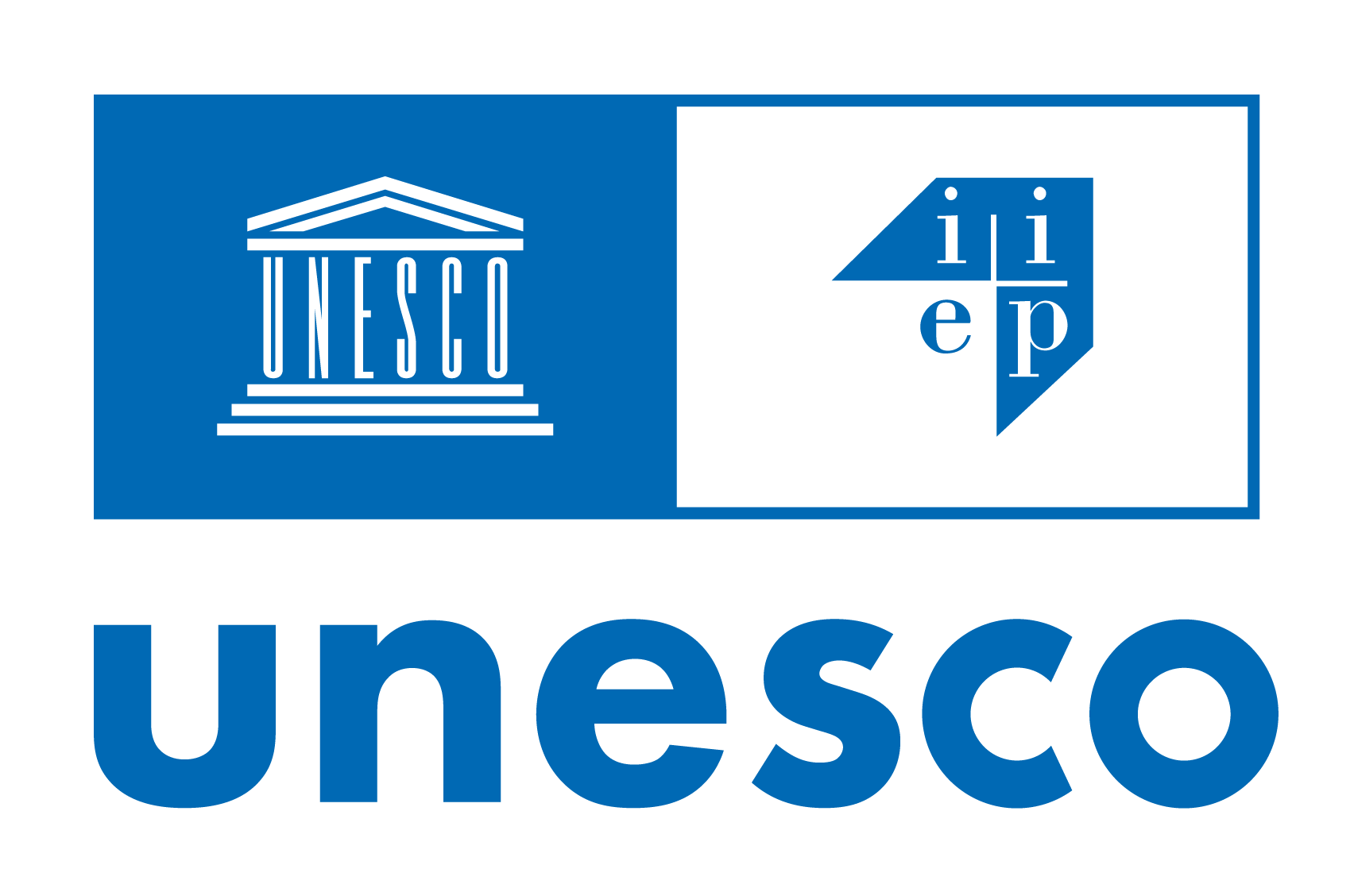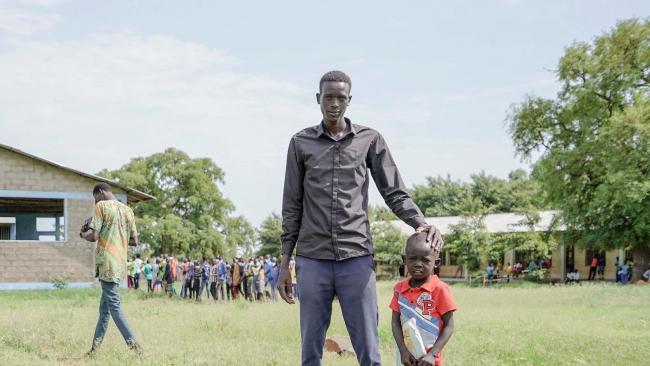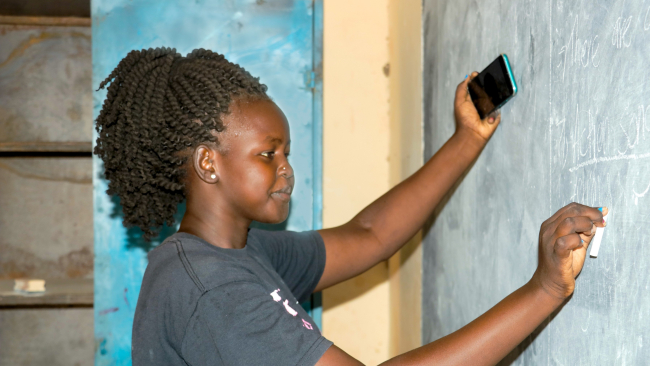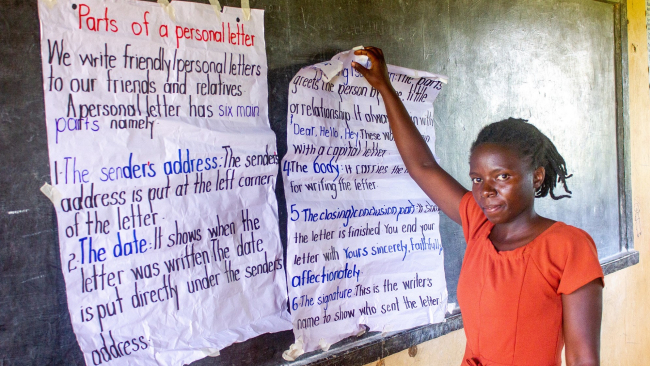Former child soldiers frequently express the desire to resume their education or for vocational training. The paper examines the types of programmatic interventions, and the characteristics of successful programmes. These may entail integration into existing school programmes, accelerated learning, or vocational studies. The evidence base is thin on which of these are more cost-effective, but certain principles are clear such as the need to avoid stigmatization and promote inclusion, and the need for long-term financial support. This may be relevant to issues of reparations and can help inform programme design. Civil wars and international conflicts across the world take a substantial and negative toll on children’s physical, social, and psychological wellbeing. Children and youth suffer killings and injuries; they also become refugees or internally displaced persons, separated from homes and families. Still others, boys and girls, are forced or recruited into armed groups as fighters, spies, porters, messengers and cooks. In recent years, scholars and aid workers have paid increased attention to the needs of these combatants and how best to protect them during and immediately after conflict. To that end, humanitarian organizations have developed a range of programmatic interventions to ensure that former combatants make a safe return to families and communities, followed by a successful transition into civilian life.
Année
2012
Pages
29
Type de ressource
Langues





